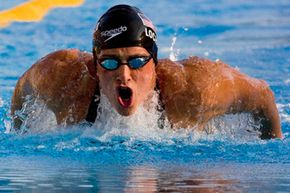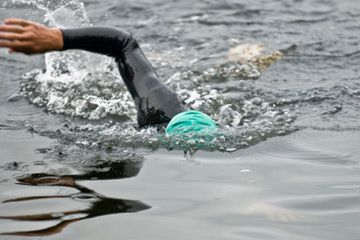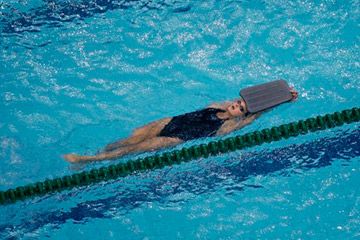Although many of us know how to swim, few of us truly master the technique. If we walked the way most of us thrash in the water, we'd still be stumbling around like toddlers, stomping and lurching from one handhold to the next. Practiced swimmers seem magically better than the rest of us at gliding through the water; Olympians seem almost to defy physics. How do they do it?
Sure, they're in top physical form, but there's more than fitness at work: Their technique is nearly flawless as well. Unfortunately, hidden in all of that water and motion, it's difficult to see what great swimmers are doing differently from the rest of us -- but, oh, what a difference it makes.
Advertisement
Weaknesses in swimming skills transform what should be a fun recreational activity and challenging sport into a grueling chore. Many people, for example, hunch their shoulders while doing the breaststroke, restricting their capacity to breathe. The resulting shallower respiration causes them to tire much more quickly than they should [source: Bee].
Poor swimming habits can also lead to injuries, pain and muscle strains. People who hold their heads too high while doing the front crawl (freestyle) tend to strain their back and neck muscles; swimmers who lack sufficient hip rotation while backstroking experience decreased shoulder mobility, resulting in neck and upper-back pain. Inexpert swimmers often crane their neck during the breaststroke when trying to breathe, creating a whipping motion that can generate injuries akin to whiplash.
With the right technique and a good exercise regimen, however, you can shave valuable seconds off your time. Even the dreaded butterfly, which many regard to be trickiest and most wearying stroke, can be tamed with the proper technique [source: Bee].
In this article, we'll give you the tools you need to get out of your water wings and into the record books. Everybody into the pool!
Advertisement














